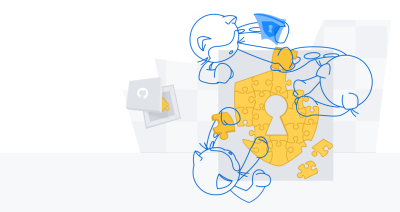
Chrome in-the-wild bug analysis: CVE-2021-30632
This post is a technical analysis of a recently disclosed Chrome JIT vulnerability (CVE-2021-30632) that was believed to be exploited in the wild. This vulnerability was reported by an anonymous researcher and was patched on September 13, 2021 in Chrome version 93.0.4577.82. I’ll cover the root cause analysis of the bug, as well as detailed exploitation.





